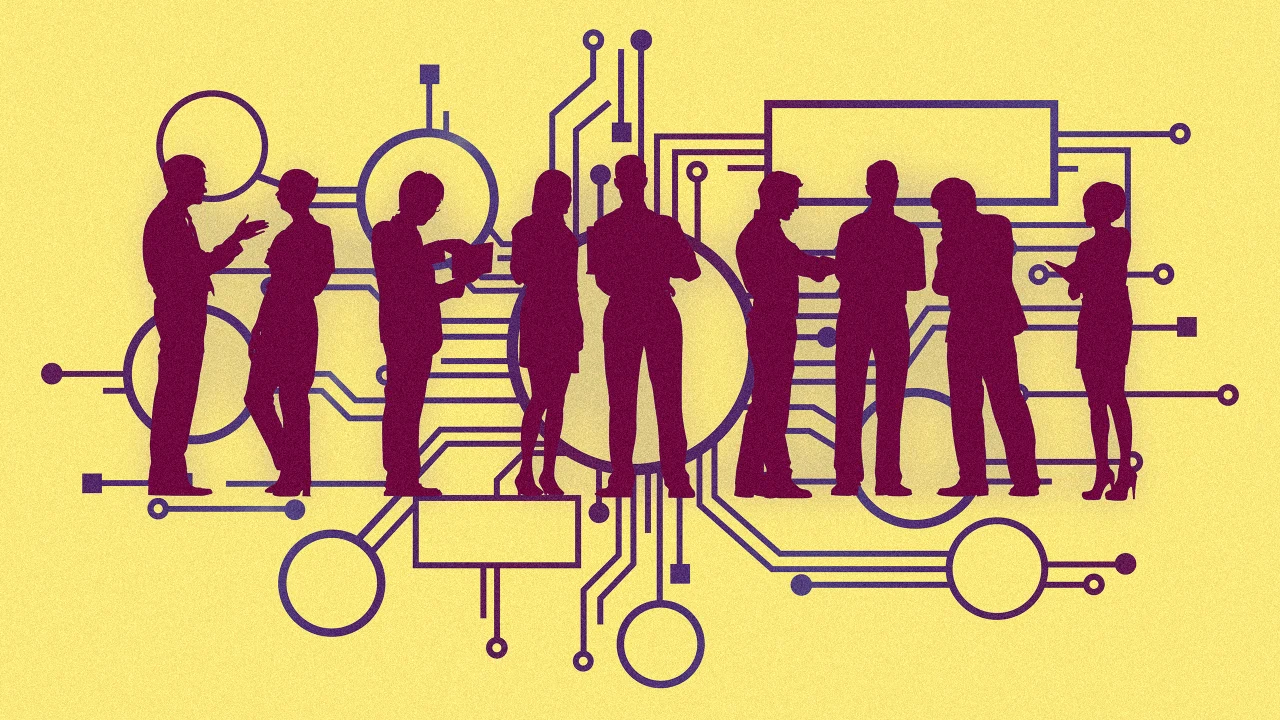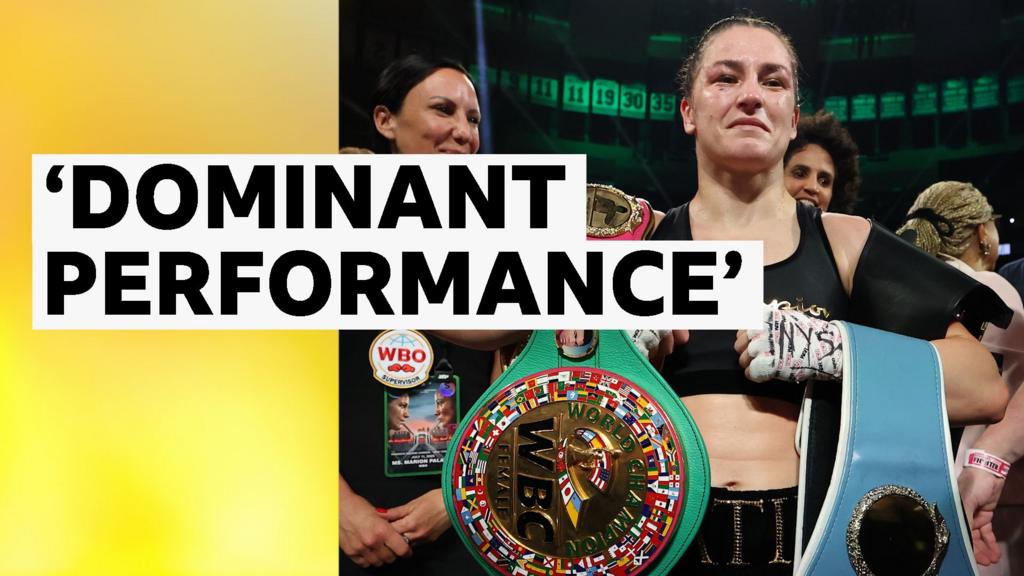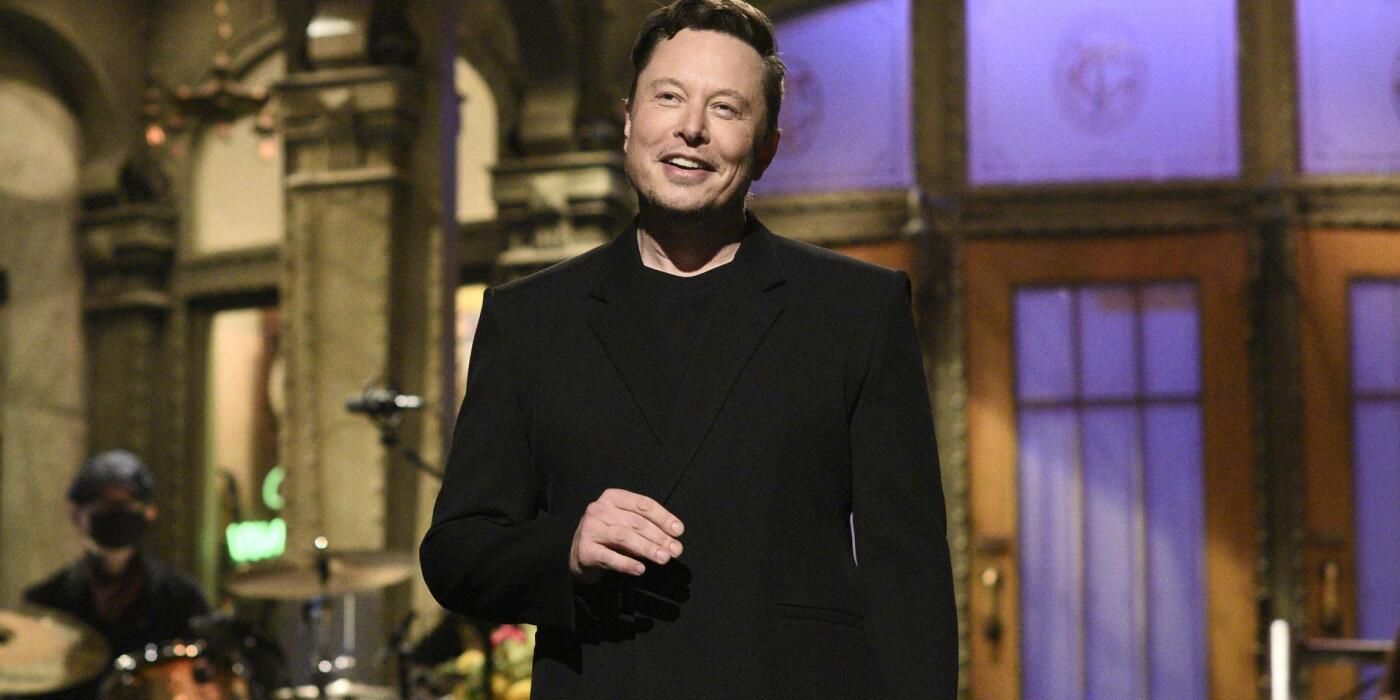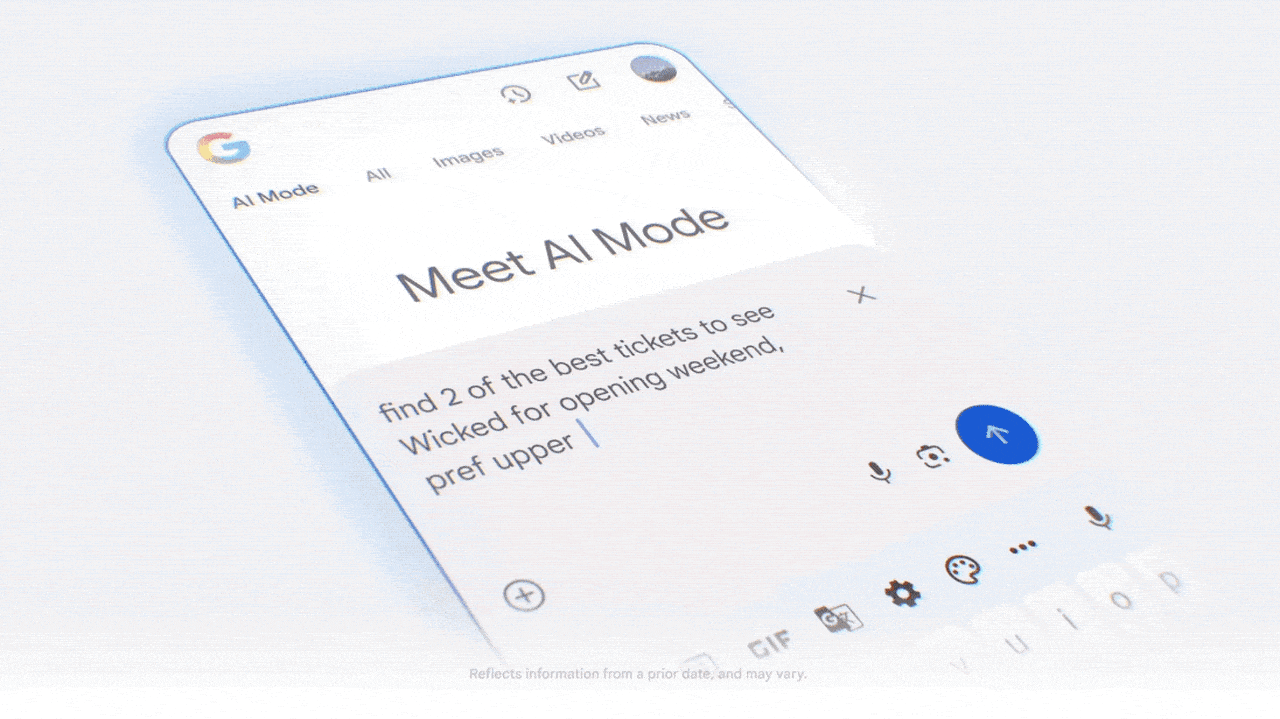The real workplace threat isn’t AI. It’s leadership disconnect

The steam engine in the 19th century, the microprocessor chip in the 20th—companies that figured out how to use them thrived; those that didn’t declined. And now the race to embrace AI is on. McKinsey estimates the potential for corporates to grow their productivity through this transformative technology at $4.4 trillion.
Today’s corporate leaders are acutely aware of this—only 1% call their companies “mature” on the deployment spectrum—and they certainly want to do something about this: 92% plan to increase their AI investments over the next three years.
However, in the rush to embed AI, these leaders are missing, and even contributing to, a far greater issue than slow AI uptake: a disconnect between leadership and their workforce, leading to the erosion of alignment and trust inside organizations. This cultural disconnect is a far more urgent risk to business performance than technical lag.
Here’s how to tackle this mounting challenge.
The problems with a disconnected workforce
Gallup’s 2025 State of the Global Workforce revealed that global employee engagement declined to 21% in 2024, only the second decline in engagement in the past 12 years.
This ought to alarm business leaders. Disengaged employees are a huge threat in multiple ways. They do the bare minimum work: studies show disengaged employees are 18% less productive on average.
Next consider the impact on the customer experience. Disengagement isn’t contained, it leaks, and disengaged employees are likely to lower service quality, slow response times, and diminish brand loyalty.
Disengaged employees also kill innovation, problem-solving, and transformation. They don’t speak up, challenge ideas, or contribute proactively. They don’t resist loudly. They comply quietly via passive resistance. You lose not just output, but the critical energy that drives adaptation and progress.
Then they leave. Disengaged employees are 2.6 times more likely to actively seek a new job, creating costly churn. Gallup estimates the cost of replacing an employee is 150% of their salary. But before they go, many poison the culture from within, turning previously engaged employees into disengaged ones.
“Disengaged workforce” is a term that gets thrown around a lot by people functions, and too often its dismissed by leadership as HR fluff. But when you connect it to hard facts, it really is like death by a thousand invisible cuts.
AI: the disconnection accelerator
While this disconnect silently eats away at the corporate world, execs blindly plow on with AI implementation, and in doing so are making the issue far worse. A study of 2,500 workers from the U.S., U.K., and Australia revealed that for 77% of employees AI has increased their workload, with one in three full-time employees saying they will likely quit their jobs in the next six months.
They’re not imagining the increased workload: 81% of global C-suite leaders acknowledge they have increased demands on their workers in the past year. With AI there is just more pressure to deliver more, faster, in less amount of time, and the relationship between employees and employers is eroding.
As one commentator recently put it: “Companies are announcing layoffs alongside record-breaking financial results. You work hard, focus on impactful projects, and receive praise from your lead—only to find yourself let go by someone who likely doesn’t even know you exist. It feels as though the trust between companies and employees is now broken. Companies, it seems, are either unaware of this shift or unwilling to address it. And frankly, I’m not sure how they could fix it.”
Slow down and listen
They can fix this. But first, leadership needs to take its foot off the gas. Because if you want AI transformation to succeed, your people need to come with you. And that starts by returning to the roots of effective employee engagement: human insight, gained the human way.
It’s about spending real time understanding the lived, felt, experienced reality of your workforce—ironically, the kind of research AI can’t replicate. Because while technology can summarize patterns, it can’t observe culture in motion. It can’t pick up on tension in a room. It can’t notice who’s talking, who isn’t, and why. It can’t notice your tiny invisible cuts forming.
Consider the approach of Dell which in 2024, imposed rigid return-to-office mandates, introduced employee monitoring, and fast-tracked GenAI, all with minimal listening to its employees. The result? Internal backlash, tanking morale, and public employer brand damage.
Contrast it with Toyota which has built its leadership philosophy around Genchi Genbutsu—”go and see.” Leaders embed, observe, and critically, understand before deciding. It’s a major reason why it remains the world’s leading car brand.
Connection and understanding
From there it’s about rebuilding connection. Be authentic: own the challenges, and remember that people respect honesty over perfection. Surface and elevate the true human insights that come from the front lines. Then close the loop: when people see changes made from their input, trust grows.
Crucially, leaders need to recognise that while AI can help scale tasks, only they, the leaders, can scale trust. And they’ll build it by realising that people still come first, AI second.
The organizations that win in the AI era won’t be the ones that move the fastest. They’ll be the ones that stay closest to the ground. This isn’t a nostalgic plea for “pre-AI” leadership. It’s a call on leaders to simply do better, by showing through actions, not words, that they are something AI can never be: human.
What's Your Reaction?
 Like
0
Like
0
 Dislike
0
Dislike
0
 Love
0
Love
0
 Funny
0
Funny
0
 Angry
0
Angry
0
 Sad
0
Sad
0
 Wow
0
Wow
0






























































































